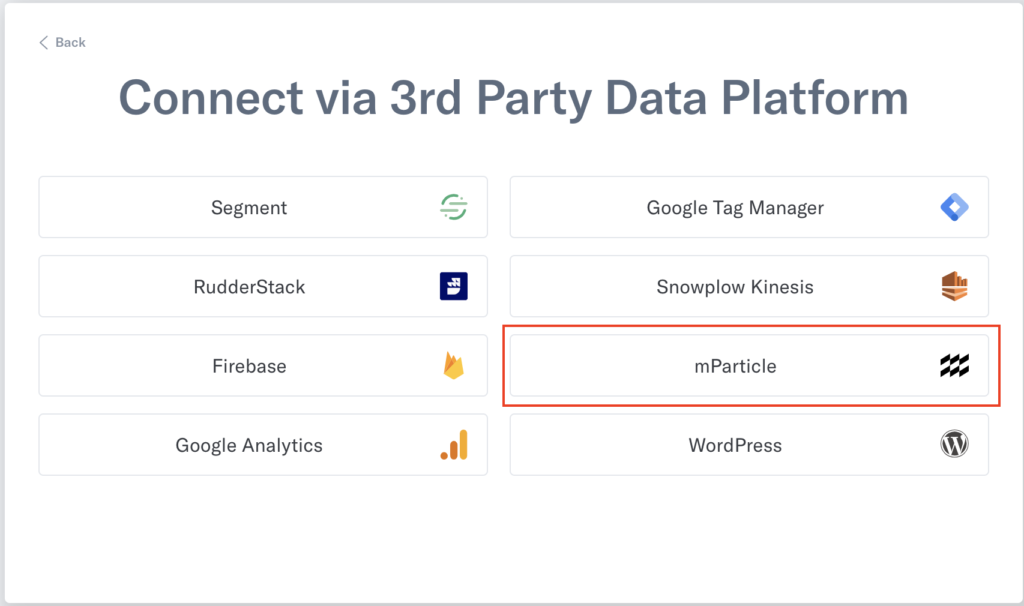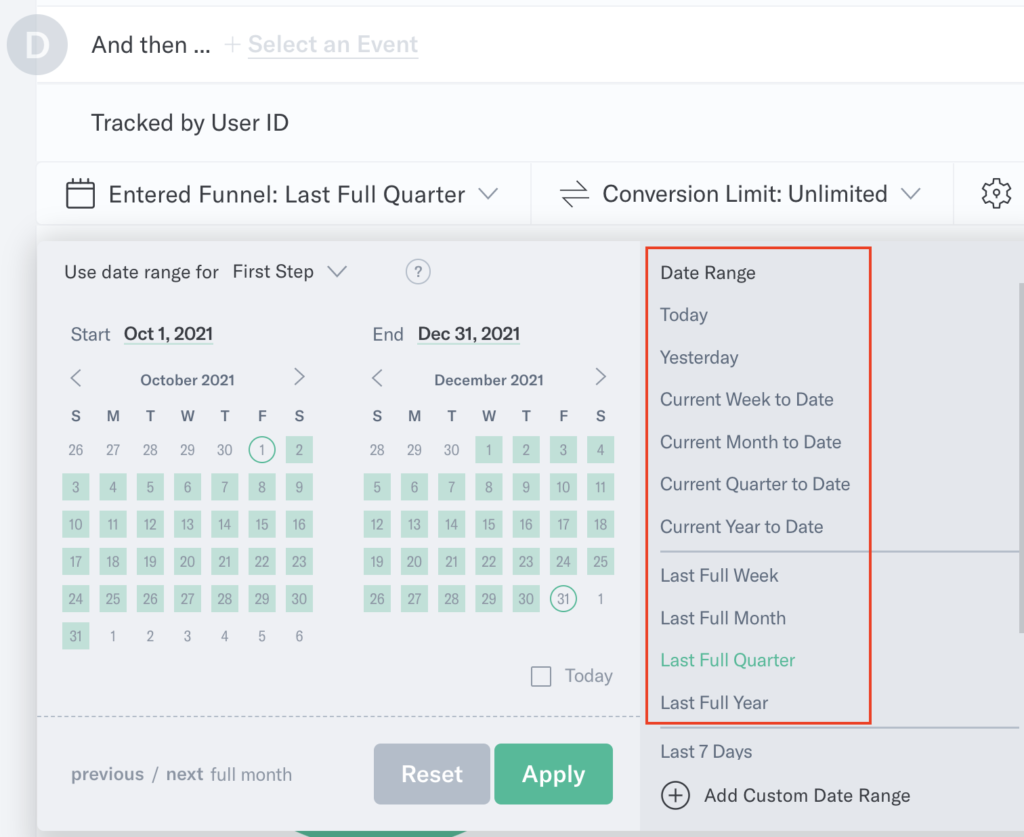Welcome to 2022!
We hope that your new year is off to a great start. For us, the start of 2022 has been exciting and full of change! On January 12th, we announced that Indicative had been acquired by mParticle, the leading Customer Data Platform. Indicative is extremely excited to work alongside mParticle to help teams turn data chaos into order.
Since the beginning of the year, our team has been focused on solidifying our integrations with mParticle and introducing new capabilities that will help teams get more value out of their data. See the details below.
mParticle Integration
We’re excited to announce that joint mParticle and Indicative customers can now forward event data from mParticle to Indicative and synchronize mParticle Audiences with Indicative, in real time.
mParticle is a Customer Data Platform that enables app developers to collect events from their web, mobile, OTT, and cross-platform (e.g. ReactNative, Flutter) apps. In addition to being able to forward data to Indicative, mParticle offers an extensive library of 300+ pre-built integrations that can be used to federate event data to popular marketing orchestration, social and advertising platforms, and other analytics and attribution tools.
The mParticle Audiences feature empowers marketers to build user segment lists using user attribute or event data as criteria, and sync them to connected tools. With the new mParticle integration, audience membership will be synced and represented as an Indicative User Property as users are added and removed to mParticle Audiences.
Setting up the integration is easy. Simply add a new Data Source, choose mParticle, and then follow the instructions in the mParticle support documentation for Indicative.

Self-Service Setup for Data Warehouse Sources
The ability to ingest data directly from data warehouses has always been a unique Indicative differentiator. We’re excited to announce a new setup workflow that will make that process easier than ever before, without requiring knowledge of SQL.
Users can now fully integrate their data warehouse event data without talking to a human, reducing the time to integration from days to hours, if that! With this release, users can use the Indicative UI to:
- Schedule, model, and load their data
- Run validation to determine if their data is modeled appropriately for analytics within Indicative
- Review a summary of what data will be loaded
- Exclude unnecessary events and properties with a few clicks

This self-service setup workflow is initially available for Google BigQuery. In the near future, we plan to add support for Snowflake and Amazon Redshift as well.
For more information as well as a demonstration video of this feature, check out the blog post here.
Custom Date Ranges
We’ve updated the analysis date range selector with new default options, such as Last Full Quarter and Current Month to Date. Users can also create more granular custom date ranges to suit their use cases. Lastly, all custom date ranges are now saved on a user level, so the calendar dropdown will be customized to a user’s analysis needs only, instead of the whole team’s.

Other Improvements
- The engine supporting our Cohort tool got a code refactor. Your Cohort queries will be significantly faster.
- Print mode dashboards are now optimized for Scheduled Reports.
- Indicative now supports table sorting for various value types, such as numbers, dates, and strings.
- If your chart contains multiple y-axes, they will now line up with one another.
- We’ve whitelisted additional IP addresses for Snowflake and Redshift data warehouse integrations. Connect your global data for analysis in Indicative.
What’s next?
Stay tuned for more data warehouse integrations and exciting Funnel tool enhancements!



